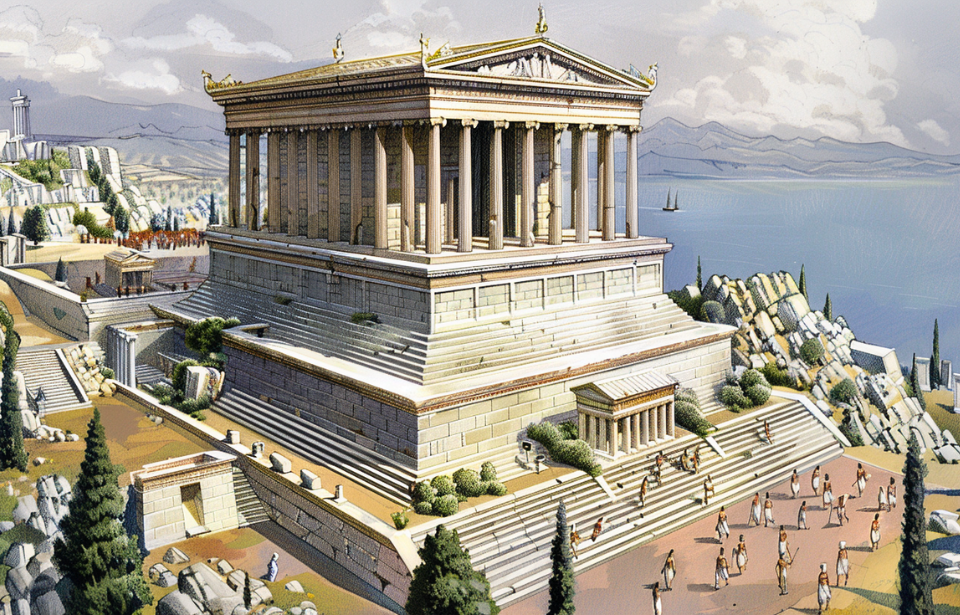Nestled in the heart of what was once ancient Halicarnassus, now modern-day Bodrum in Turkey, lies the remnants of a structure that once defied the architectural norms of its era. The Mausoleum at Halicarnassus, constructed in the fourth century BC, was built as a final resting place for a satrap of the Persian Empire. Its grandeur and intricate design not only showcased the wealth and power of its patrons but also set a precedent for monumental tomb architecture, influencing the construction of future wonders across the globe. Now, it serves as one of the Seven Wonders of the Ancient World.
The origin and purpose of the Mausoleum at Halicarnassus
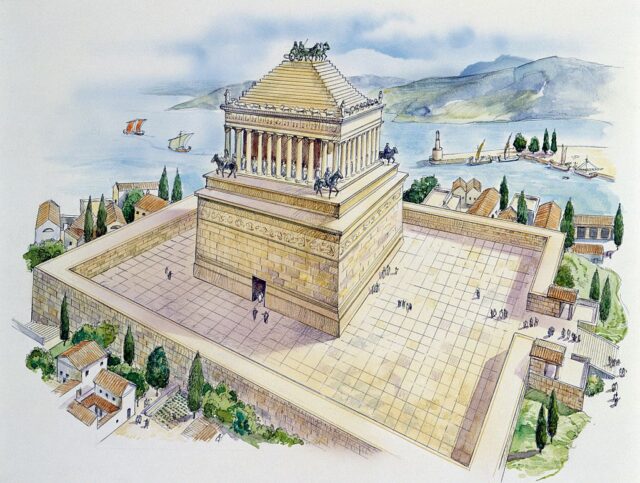
Constructed around 353 BC in what is now modern-day Turkey, this monumental tomb was built for Mausolus, a satrap of the Persian Empire, and his wife, Artemisia. Its design and construction were overseen by the most skilled craftsmen of the time, who were tasked with creating a tomb that was as grandiose in death as Mausolus was in life. The purpose behind this elaborate construction was not only to serve as a final resting place for Mausolus and Artemisia but also to symbolize the power and wealth that they held during their reign over Halicarnassus.
The significance of the Mausoleum went beyond its role as a mere tomb; it was a monument to human creativity and engineering prowess. Standing at approximately 140 feet in height, it was adorned with intricate sculptures and reliefs crafted by the most talented artists of the era. These artworks depicted scenes of Greek mythology and celebrated the achievements of Mausolus and Artemisia, effectively immortalizing their legacy.
Exploring the design and construction of the Mausoleum
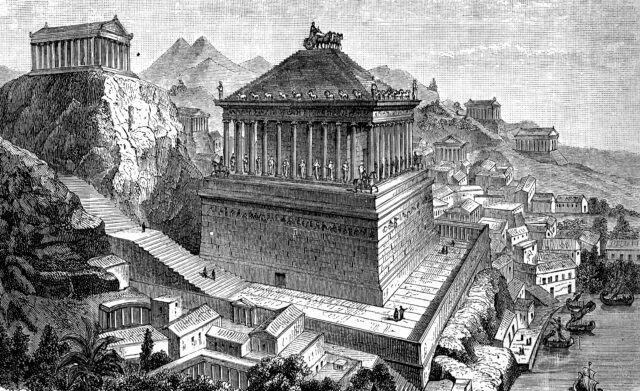
The Mausoleum at Halicarnassus stands as a testament to the architectural innovation and artistic mastery of its creators. Designed by the renowned architects Satyros and Pythius, the structure was a harmonious blend of Greek, Egyptian, and Lycian architectural styles, reflecting the cosmopolitan spirit of Halicarnassus. The Mausoleum’s towering presence, adorned with intricate sculptural reliefs and statues, was a beacon of cultural and artistic excellence, drawing admiration from far and wide.
The structure’s most iconic feature, a towering pyramid-shaped roof topped with a colossal statue of a chariot, symbolized the zenith of architectural and engineering achievement of the time. This fusion of styles and the monumental scale of the construction were unprecedented, making the Mausoleum a marvel of the ancient world. The meticulous craftsmanship and innovative design principles employed in its construction set a new benchmark for monumental architecture, influencing future generations of builders and architects.
The sculptures and artwork left an artistic legacy
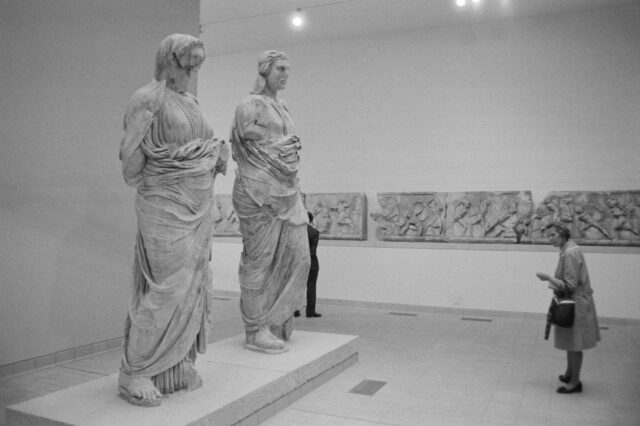
The Mausoleum at Halicarnassus was not only an architectural wonder but also a showcase for the pinnacle of classical sculpture. The contributions of renowned sculptors Scopas, Leochares, Bryaxis, and Timotheus, who each took responsibility for one side of the monument, were instrumental in bringing the Mausoleum to life. Their work represented the height of artistic expression of the era, pushing the boundaries of what was possible in sculptural art.
The intricate reliefs and statues that adorned the Mausoleum served as more than mere decoration; they were narrative tools that wove together tales of gods, heroes, and the esteemed Mausolus himself. These artistic elements bridged the gap between the earthly and the divine, immortalizing the legacy of those commemorated within its walls. The Mausoleum’s sculptural program was a bold statement on the power of art to convey complex stories and emotions, setting a precedent for future generations of artists.
The Mausoleum went from splendor to ruin
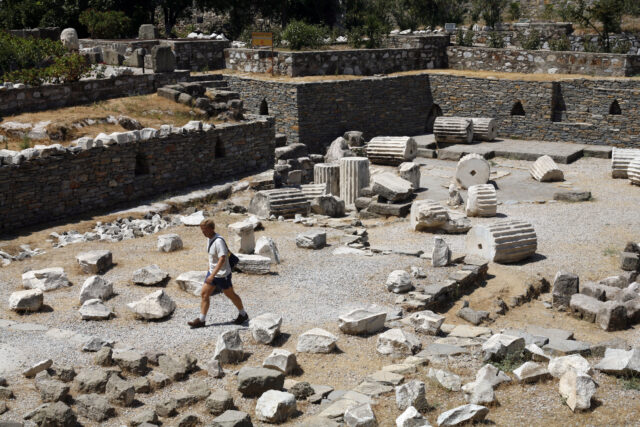
Despite its initial grandeur, the Mausoleum at Halicarnassus was not spared by the passage of time. Natural disasters, human conflicts, and the inevitable decay of centuries gradually diminished its majesty, leaving behind a shell of its former glory. By the Middle Ages, much of the Mausoleum had been dismantled, its materials repurposed and its artistic treasures scattered or destroyed. Yet, even in its reduced state, the Mausoleum continued to evoke a sense of awe and wonder, standing as a poignant reminder of the fleeting nature of human achievements and the eternal quest for beauty and remembrance.
Rediscovering the ancient marvel
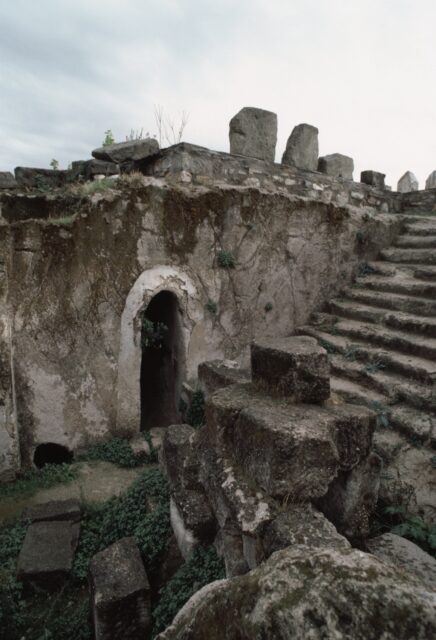
The 19th-century resurgence of interest in the Mausoleum at Halicarnassus marked a turning point in the study of ancient wonders. Archaeological expeditions aimed at uncovering the secrets of the Mausoleum brought to light not only the remnants of its once-majestic structure but also a treasure trove of sculptural fragments, inscriptions, and other artifacts. These discoveries provided invaluable insights into the techniques, materials, and artistic visions that shaped the Mausoleum, offering a glimpse into the rich cultural context of its creation.
The painstaking efforts of archaeologists and scholars to reconstruct the Mausoleum’s history and appearance have allowed us to appreciate its significance in a new light. Through a combination of fieldwork, analysis, and interpretation, researchers have pieced together a more comprehensive understanding of this ancient marvel, bridging the gap between past and present. The ongoing exploration of the Mausoleum at Halicarnassus continues to reveal the depth of human ingenuity and the complexities of the ancient world, enriching our knowledge of our shared heritage.
Challenges in preserving the Mausoleum at Halicarnassus
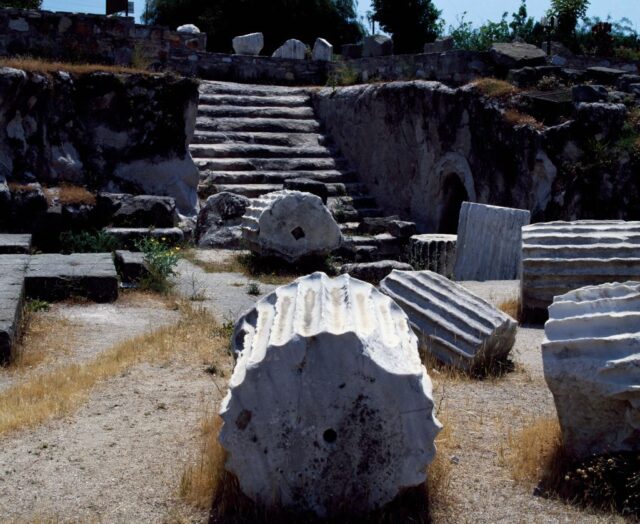
In the modern era, the preservation of ancient sites like the Mausoleum at Halicarnassus presents a complex set of challenges and opportunities. Efforts to protect and conserve these remnants of our shared past are confronted with environmental threats, urban development pressures, and the ravages of time. However, these challenges also offer the chance to engage with ancient heritage in innovative ways, making it accessible and relevant to a global audience.
More from us: Statue of Zeus at Olympia – Marvel of the Ancient World and Its Legacy
Advancements in technology, such as digital reconstruction and virtual reality, provide new avenues for experiencing and understanding ancient wonders. Interdisciplinary collaborations between archaeologists, historians, architects, and technologists are opening up exciting possibilities for bringing ancient sites to life for contemporary viewers. Through these efforts, we can ensure that the story of the Mausoleum at Halicarnassus, and other ancient monuments, continues to inspire and educate future generations.
